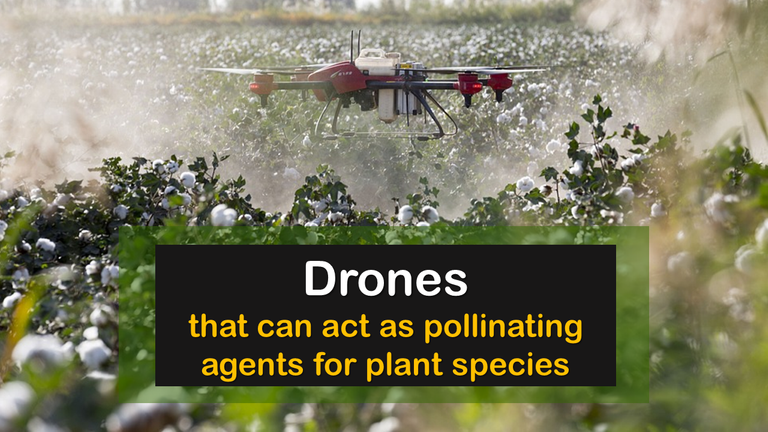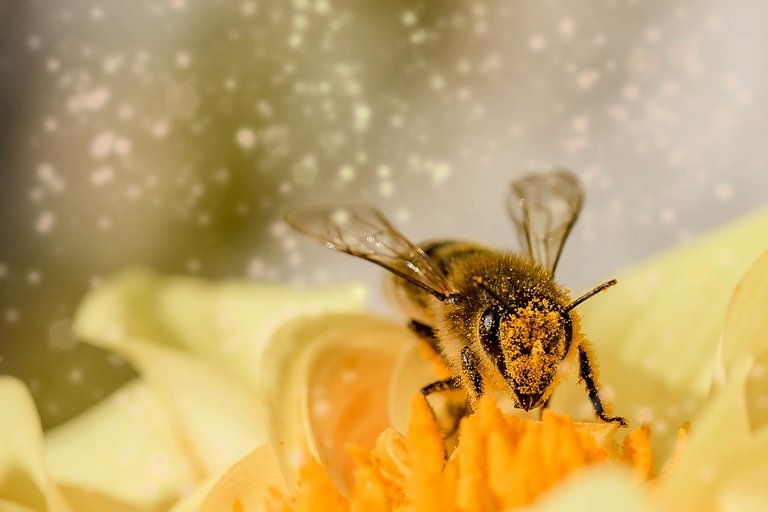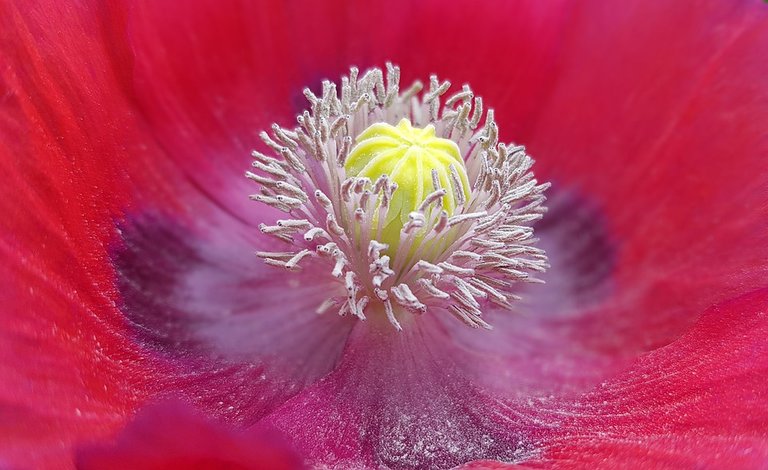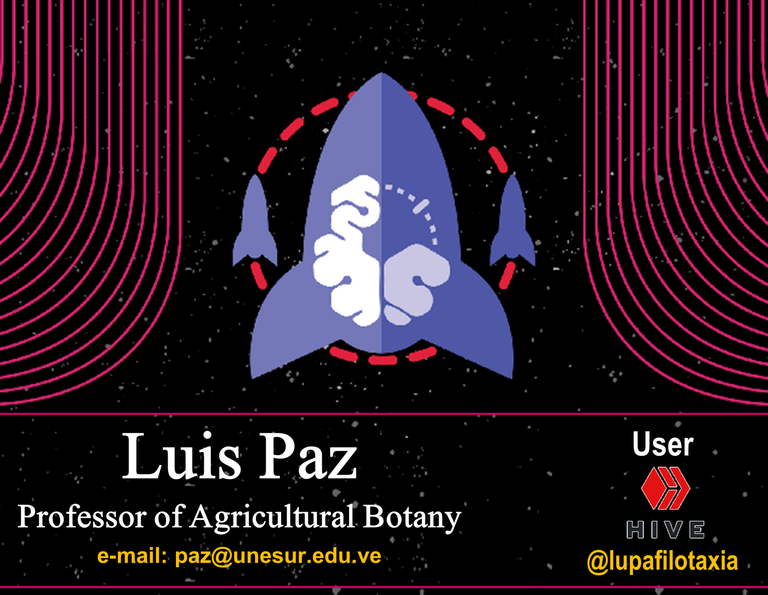Drones that can act as pollinating agents for plant species

The most evolved plant species or Angiospermae have a specialized reproductive apparatus, with the capacity to generate pollen granules that after their physiological maturation are transferred from the male reproductive organ to female structures (androceo) (gynoecium).

Fig. 2 Bees are the main pollinating agents in nature. Image of public domain, Author: Myriams-Fotos, 2016
The transfer described above is carried out by pollinating agents, mainly insects, including bees, which have a certain potential to detect variations in flower color and encode this signal and biologically associate it with a greater availability of carbohydrates.
It should be noted that the flowers that plants present are their reproductive structures, and these can exhibit different types of coloration polymorphism, mainly as a strategy to attract pollinating insects, and in other cases, these color changes may be related to the loss of pigments.

Fig. 3 Plants exhibit reproductive structures of different types coloration polymorphism as a strategy to attract pollinating insects. Image of public domain, Author: Myriams-Fotos, 2016
Now, in addition to changes associated with the loss of pigments, there are other factors such as edaphoclimatic contamination that influence the final color reflected in the floral units, which in turn leads to a decrease in the visit of pollinating agents and consequently a decrease at the reproductive level, as a result of climate change, which has become the main enemy of bees and pollinating insects.
In an attempt to reverse the reproductive decline that currently exists in agricultural fields, science has been developing sophisticated "Pollinator Drones", which according to in situ tests have shown a 90% efficiency compared to the natural procedure, although it has been inferred that it does not work on rainy or windy days.
CONTRIBUTIONS OF THIS PUBLICATION
This type of impact technologies for agricultural activity is nothing new, since the development of new applications seems unlimited when it comes to generating options to increase food production, which once again arise from the inventiveness of biological science in conjunction with disruptive technology.
BIBLIOGRAPHICAL REFERENCES CONSULTED:
[1] Chowhan R E-Green Revolution: Intentional Pollination using Intelligent Agent Based Autonomous Drone-Pollinator-Bees. 2017. Article: Online access
[2] Künast C Pollinators and agriculture. Article: Online access
OBSERVATION
ATTENTION
Readers and followers
If you wish to read more scientific articles in English or Spanish, of excellent academic quality, do not hesitate to visit #STEMSocial and #STEM-espanol, communities that promote scientific content mainly in the areas of Science, Technology, Engineering and Mathematics.

0
0
0.000
A drone polination is a great idea. It helps a lot in polination.
Hi @afterglow
It is certainly a great idea, for mass application it is necessary to evaluate all the advantages and disadvantages.
Best regards, be well.
Thanks for posting great content to the ecoTrain community! Your post has been featured in our weekly curation,, CONGRATS!! Why not stop by and check out a few other posts, theres many great ones this week!
https://peakd.com/hive-123046/@ecotrain/whats-up-from-the-ecotrain-community-season-2-4-sustainable-off-grid-living--more
Hello @ecotrain
Thank you for including the post in your weekly report, it is an honor for me that the article is in the selection of post that the community makes.
Best regards, be well.